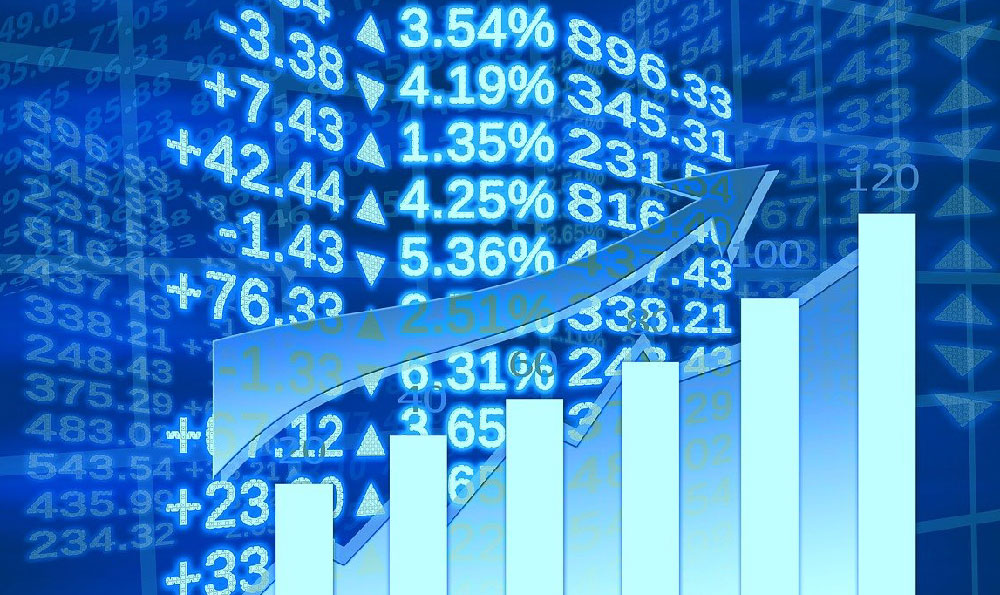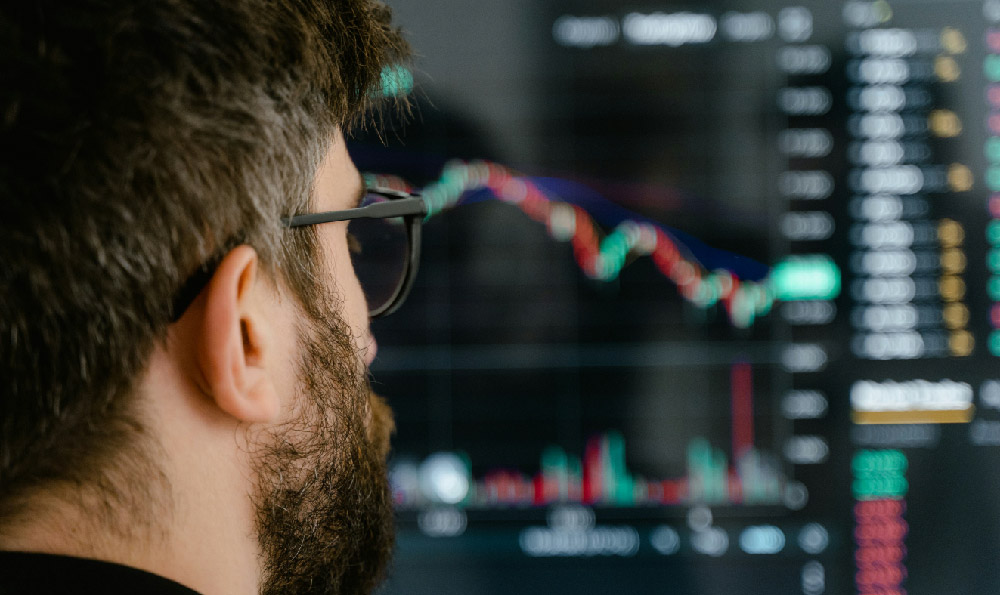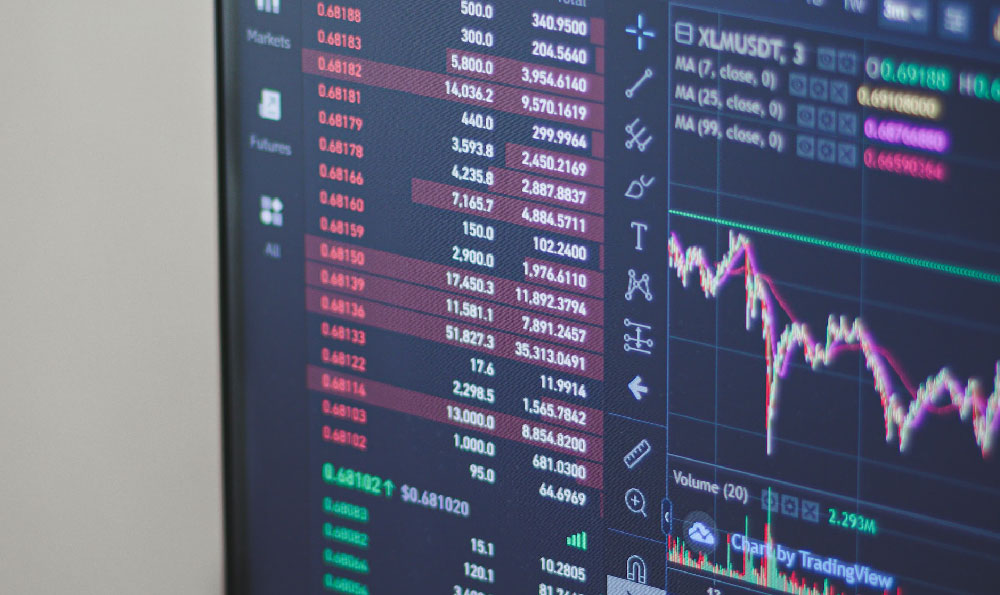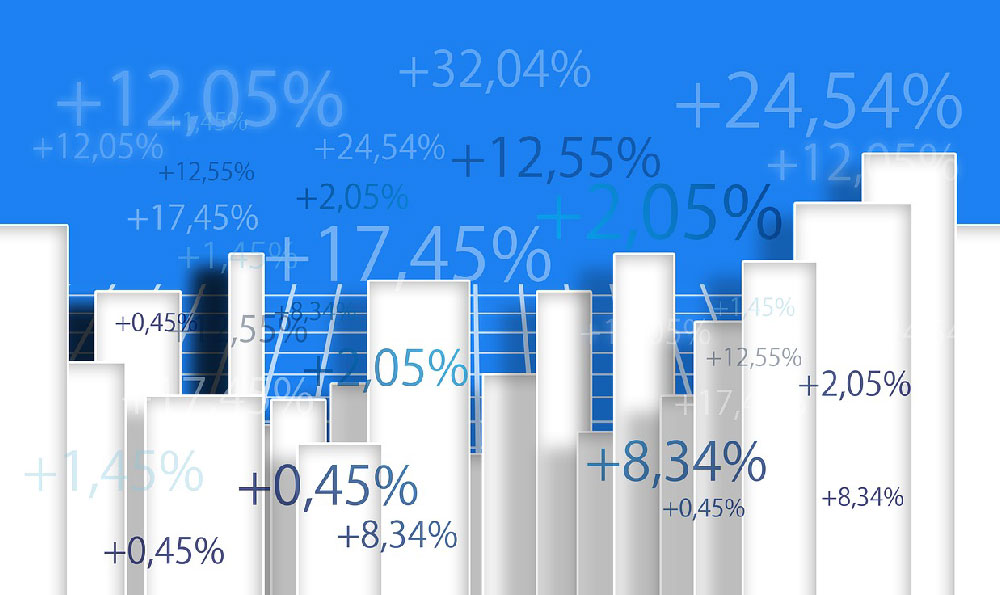How Did Elon Musk Get Rich, and What's Next?
Elon Musk's trajectory to becoming one of the wealthiest individuals on the planet is a compelling narrative woven with innovation, audacious risk-taking, and an unwavering belief in his vision. Understanding how he amassed his fortune, and speculating on his future moves, offers valuable insights into the dynamics of wealth creation and technological disruption.
Musk's journey didn't begin with a massive inheritance. While he received a modest financial boost from selling Zip2, a web software company he co-founded in the late 1990s, it was his subsequent ventures that truly fueled his ascent. The pivotal moment arrived with PayPal. Musk was a co-founder of X.com, an online bank, which later merged with Confinity and rebranded as PayPal. eBay's acquisition of PayPal in 2002 netted Musk approximately $180 million after taxes. This windfall wasn't stashed away in low-risk investments; instead, it became the seed capital for his ambitious new ventures: SpaceX and Tesla.
SpaceX, founded in 2002, aimed to revolutionize space travel by drastically reducing its cost and ultimately enabling human colonization of Mars. This was, and still is, an extraordinarily audacious goal. The company faced numerous setbacks in its early years, including multiple failed rocket launches. However, Musk's unwavering dedication and his team's relentless pursuit of innovation eventually paid off. SpaceX secured crucial contracts with NASA to resupply the International Space Station, validating its technology and opening doors to lucrative commercial opportunities. The success of SpaceX is rooted in its innovative approach to rocket design and manufacturing, particularly the development of reusable rocket stages, which significantly lowered the cost of spaceflight. SpaceX's valuation has soared as it expands its services, including satellite launches and its Starlink internet constellation, promising global broadband access.
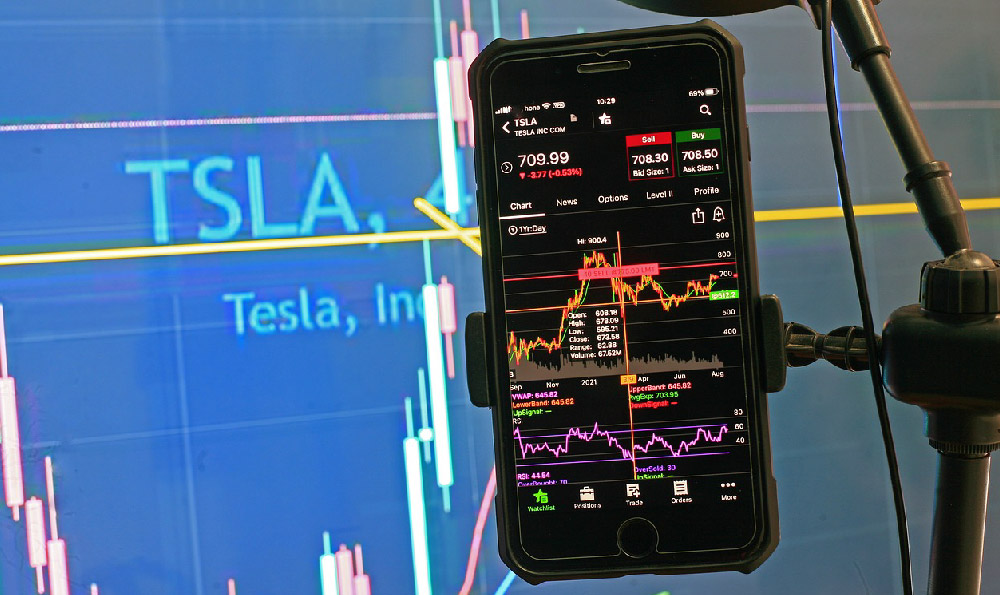
Tesla, founded in 2003, shared a similar narrative of near-failure and eventual triumph. Musk invested heavily in Tesla, a company aiming to accelerate the world's transition to sustainable energy with electric vehicles. Tesla faced considerable challenges in its early years, including production bottlenecks, financial constraints, and skepticism regarding the viability of electric vehicles. However, Tesla's compelling designs, superior performance, and innovative battery technology gradually won over consumers. The Model S, Model X, and Model 3 redefined the electric car market, demonstrating that electric vehicles could be stylish, powerful, and practical. Tesla's success isn't solely attributable to its vehicles; it also lies in its vertically integrated business model, encompassing battery production, charging infrastructure, and even solar energy solutions. As demand for electric vehicles surged and Tesla achieved economies of scale, its stock price skyrocketed, making Musk one of the richest individuals in the world.
Crucially, Musk's wealth is largely tied to the equity value of his companies, particularly Tesla and SpaceX. This wealth isn't readily liquid, as a massive sale of stock would likely depress the share price. Instead, Musk has often utilized stock options and other financial instruments to access capital while retaining control of his companies. He is a high risk, high reward type of investor, unafraid of facing financial hardship to achieve his goals. This approach, while incredibly successful, also carries significant risk, as demonstrated by periods when Tesla's stock price faced immense pressure.
Looking ahead, it's difficult to predict Musk's next moves with certainty, but several areas seem particularly relevant. Firstly, SpaceX continues to pursue its ambitious goals of Mars colonization and space exploration. The development of Starship, a fully reusable spacecraft, is crucial to this endeavor. If successful, Starship could dramatically reduce the cost of space travel, opening up new possibilities for scientific research, resource extraction, and potentially even establishing a permanent human presence on Mars. Secondly, Tesla is poised to expand its product line and manufacturing capacity, aiming to become a dominant player in the global automotive market. The Cybertruck, a futuristic pickup truck, represents a significant expansion into a new market segment. Tesla is also investing heavily in battery technology, energy storage, and autonomous driving, which could further disrupt the transportation and energy industries. Thirdly, Musk's other ventures, such as Neuralink (developing brain-machine interfaces) and The Boring Company (building underground transportation tunnels), hold the potential to revolutionize various aspects of our lives.
Beyond specific ventures, Musk's future will likely involve pushing the boundaries of technology and innovation, taking on ambitious challenges, and disrupting established industries. He has demonstrated a willingness to invest heavily in long-term projects with uncertain outcomes, driven by a desire to solve significant global problems. His success has also attracted scrutiny and criticism, particularly regarding his management style, social media presence, and ambitious timelines. However, his impact on the technology landscape is undeniable.
In conclusion, Elon Musk's wealth accumulation is a result of his vision, relentless dedication, and willingness to take extraordinary risks. He identified opportunities in emerging markets like electric vehicles and space exploration, built innovative companies that disrupted established industries, and successfully navigated periods of intense pressure. While the future is uncertain, his continued pursuit of ambitious goals suggests that he will remain a driving force in technological innovation and a major influence on the global economy. Understanding his journey provides valuable insights into the dynamics of wealth creation, the power of innovation, and the importance of long-term vision. It also serves as a reminder that significant rewards often come with significant risks, and that success requires unwavering dedication and resilience. His story provides the idea that innovative thinking, determination, and a clear vision can not only change industries, but also redefine what is possible.

